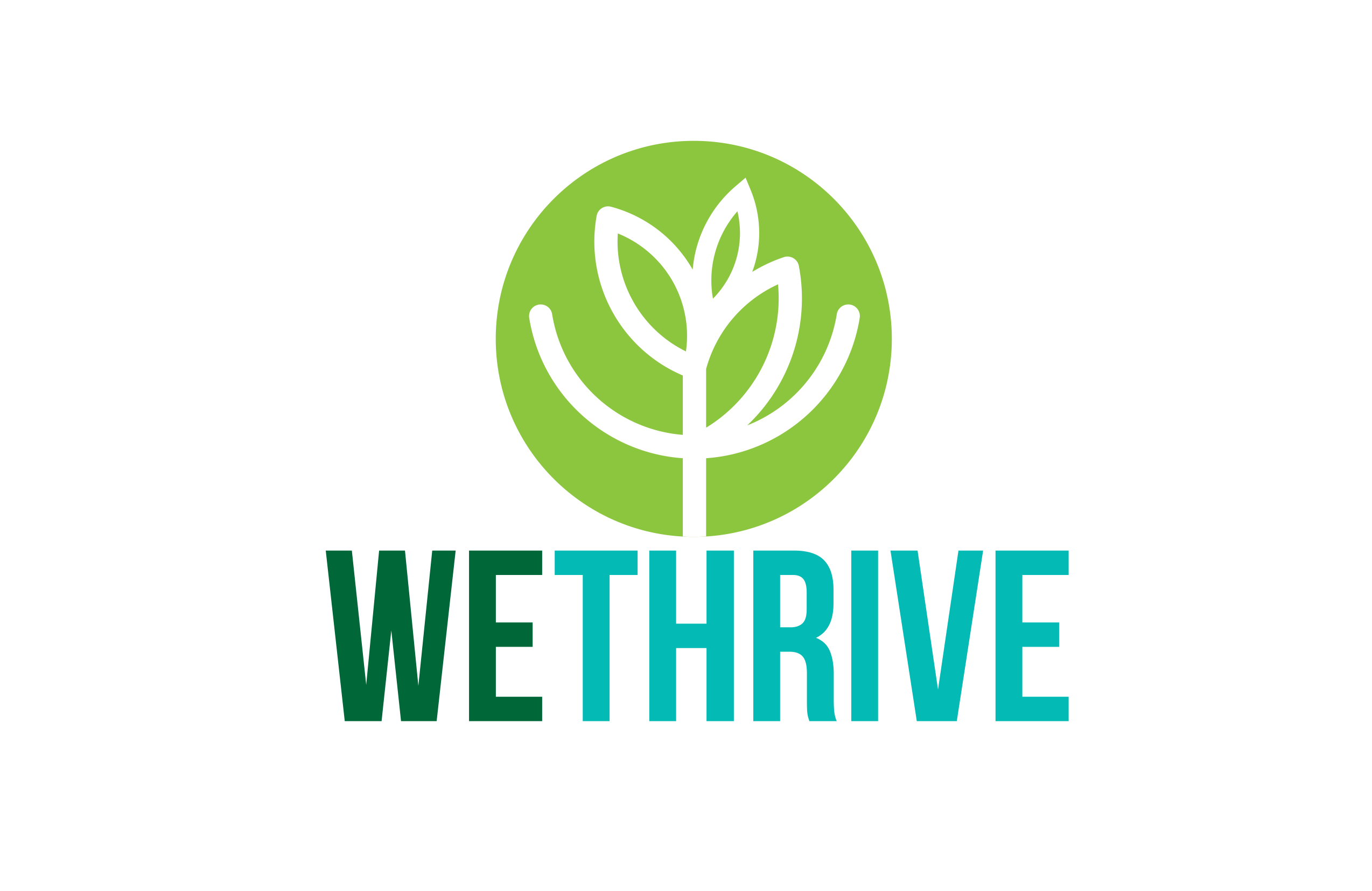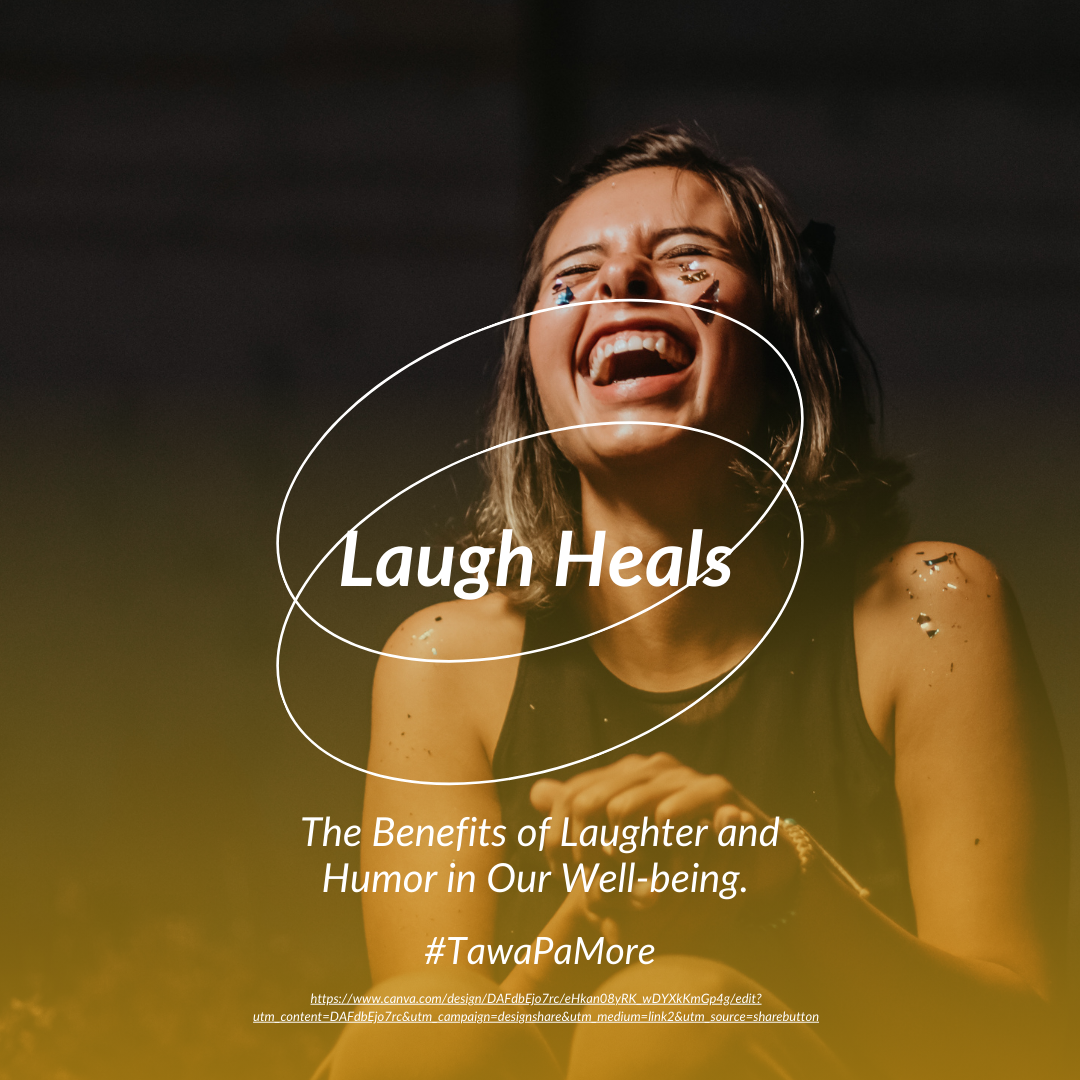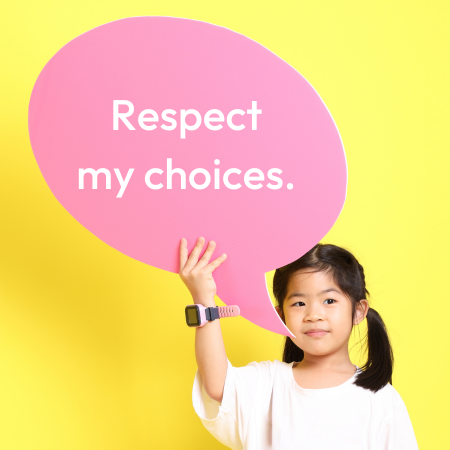As the holiday season approaches, many of us will start to reflect over the past 12 months and get excited about starting a new year. The start of a new year is a time filled with hope, optimism, and an eagerness to set new goals for ourselves. For many people, New Year’s resolutions symbolize a fresh start to be a better version of ourselves. Despite this being a longstanding tradition, as much as 80% of New Year’s resolutions fail or fall through after a few weeks into the year.
With 2025 just around the corner, understanding why some resolutions fail and what works can help you *actually* stick to your New Year’s resolutions.
But first, why do so many New Year’s resolutions FAIL?
As mentioned earlier, the New Year represents a fresh start for many people. It’s a time filled with aspirations to be better and do the thing they’ve been thinking about doing for so long. Starting fresh also means closing a chapter from our past, whether it was good or bad.
This ‘fresh start effect’ is actually a psychological phenomena that many people use to view new beginnings as motivation towards achieving their goals. It’s very similar to how we feel more motivated when we start a new job or how we would want to turn over a new leaf when entering a new school grade as kids.
While the concept of a fresh start is not a bad thing (it has its benefits!), it becomes a dangerous slope when we start to distance ourselves from our past failures and think that we can only improve when we start anew. It’s important to remind ourselves that this tradition of setting New Year’s resolutions is quite arbitrary. We can make goals and change at any point in our lives, and not just on January 1st. This thought is just one of a couple of reasons why people can quickly fall short on their New Year’s resolutions. Some others include:
1. Setting goals that are unrealistic or overly ambitious.
Something many people get wrong when setting goals for themselves is making them too big and unrealistic due to their eagerness to change. Making resolutions like “losing 15 kilograms in two months” or “working out everyday for a year” can set yourself up for failure. Rather than having goals that are achievable, the extensive effort needed to attain an overly ambitious goal may lead to demotivation and burnout.
2. Being driven exclusively by extrinsic motivations
While it’s common to have different motivations for a resolution, it’s important to realize the reasons behind these motivations. If our resolutions are driven by extrinsic or external motivations, such as societal expectations or peer pressure, rather than by a genuine desire to change for ourselves, then it’ll be more difficult to sustain the motivation as time passes.
3. Feeling limited by our cognitive distortions about ourselves
Sometimes, our biggest challenges when working towards goals are our own irrational or negative thoughts. Common cognitive distortions that get in the way of goal-directed behavior are when we engage in “all-or-nothing” thinking or make “should statements”. The rigidity in these cognitions makes it difficult for us to accept human error or mistakes. For instance, if your goal is to exercise daily and you miss one day, you might feel like you’ve failed and want to abandon the goal altogether. This mindset can undermine your progress and lead to lower self-esteem.
How to make better goals and stick to your resolutions:
While it may seem daunting to set resolutions and stick to them, approaching your goals with careful planning, self-awareness, and self-compassion may help you feel more supported and excited about them. As we prepare to make our New Year’s resolutions, try the following tips to help you create sustainable and attainable resolutions.
1. Understand your WHY
Before setting any goal, ask yourself why you want to make this change in the first place. Aligning the goals with your own personal values and priorities in life may help you to stay committed to them. It’s also important to evaluate if you are emotionally and mentally prepared to make these changes. Studies have shown that readiness to change and self-efficacy positively predict successful outcomes. Without the emotional readiness for these goals, change can be taxing and relapse is likely.
2. Set specific, measurable, and actionable goals
Vague resolutions like “lose weight” or “be happier” are hard to achieve because they lack clear direction. Instead, create specific and measurable goals that have a call to action. For example, instead of “lose weight,” you can aim to “go to yoga class once a week” or “run 10 kilometers in under an hour.” Rather than “be happy,” try reflecting on what contributes to your happiness, such as “have dinner with my parents twice a week” or “go on a date with myself once a month.” Specific goals take away from the ambiguity and make it easier to assess progress.
3. Be realistic about your limits
While it’s great to have grit and perseverance for growth, it’s equally important to be realistic about your time, energy, and limitations. Take into consideration your routine and other commitments, like work, school, or family and friends, and avoid spreading yourself too thin with too many goals or resolutions that are too big.
4. Be kind to yourself
Know that the process will not be easy. Being kind to yourself when you stumble is crucial. Try to engage in self-awareness when you are having irrational thoughts or cognitive distortions. Instead of thinking of success and failure, adopt a more flexible approach to any setbacks that come your way.
Self-compassion involves recognizing that everyone makes mistakes and that it’s okay to take a break and recalibrate yourself. Practicing self-compassion exercises can help reduce feelings of guilt or inadequacy, which in turn fosters resilience and encourages you to get back on track.
5. Check-in on yourself and reflect on the process
Regularly checking-in with yourself by incorporating mindfulness practices can help you stay attuned to your goals and aware of your own thoughts and feelings towards them. Mindfulness also encourages you to be patient with yourself and your journey. Reflect on the process and how far you’ve come with reflective questions like, “How do I feel about my progress so far and where I’m at right now?” and “What can I do to improve?”
6. Involve your support system
Having a support system can be a powerful tool when working toward your goals. Whether it’s a friend, family member, or therapist, having someone to hold you accountable and offer encouragement can make a significant difference. You might even consider having a “goal partner” who is working toward a similar resolution, providing mutual support and accountability.
What happens when things don’t go according to plan?
Despite your best efforts, things may not always go according to plan. Practicing radical acceptance, a distress tolerance skill, will be vital if this time comes. Radical acceptance involves accepting reality as it is without judgment. If you break your resolution, it doesn’t mean you’ve failed or that you can’t change. You can always return to your goal after a setback. Moreover, remember that we can make goals and change at any point in our lives and that resolutions are not tied to the beginning of the year. Every day that we get is an opportunity for our growth.
Setting and sticking to New Year’s resolutions can be tricky, but with the right mindset and approach, it’s within all of us to create lasting change. By setting realistic and meaningful goals and embracing flexible thinking, self-compassion, and self-awareness, you can fulfill that New Year’s resolution and prove that the new year can still be a time of hope and excitement.
References:
- ABC News. (2024, January 9). Struggling to keep your New Year’s resolutions? Here’s how to keep yourself on track. https://abcnews.go.com/US/struggling-new-years-resolutions-track/story?id=96173041
- Dai, H., Milkman, K., & Riis, J. (2014). The Fresh Start Effect: Temporal Landmarks Motivate Aspirational Behavior. Management Science 60(10), 2563-2582. https://doi.org/10.1287/mnsc.2014.1901
- Norcross, J., Ratzin, A., & Payne, D. (1989). Ringing in the new year: The change processes and reported outcomes of resolutions. Addictive Behaviors, 14(2), 205-212. https://doi.org/10.1016/0306-4603(89)90050-6.
- Verywell Mind. (2023, January 20). 10 Great Tips to Keep Your New Year’s Resolutions. https://www.verywellmind.com/how-to-keep-your-new-years-resolutions-2795719














